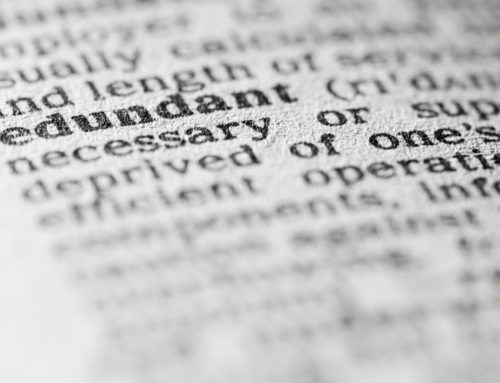‘Does my business need human resource policies? Which ones are most important?’ As HR practitioners, we hear these questions a lot. Here we fill you in on this topic.
Most Australian employers have well-established workplace policies and procedures in place for all their employees. These policies are normally used in conjunction with a contract of employment.
These policies can cover a range of topics such as:
- Leave
- Equal Employment Opportunity (EEO)
- Bullying & Harassment
- Travel & Expenses
- OH&S. and many more.
Contract versus Policy
Many employers ask, “Why do I need policies if I have a contract?”
The contract of employment states the employee’s terms and conditions of employment and contains clauses that do not change. Policies complement the contracts of employment and may change as the business evolves and expands.
Policies are the employer’s expectations of the employee’s actions and behaviour while in the workplace. Procedures are more detailed and outline the steps taken as part of a process in a policy.
For example, a policy may state that full-time employees are entitled to take four weeks of annual leave per year. The procedure will state the steps to follow. Such as “fill out a leave form and submit to your manager at least three weeks prior to planned leave”.
When asked if you have a policy
Employee handbooks or policy manuals help with communicating your standards of actions and behaviours to employees. They also protect your company from possible legal action or employees taking the p&%S!
For example, if you terminate an employee for inappropriate conduct, the first thing that any Commissioner will ask is “What did your policy say”? Was the employee aware of it? There is no point in having policies if you don’t implement them and also get them signed off with your employees.
Policies should provide all the information that new (and some established) employees need to know. They are a great tool in the induction process to ensure new starters are on the same page as you, from day one.
Types of policy
There are many different types of policies. These range from the simple Dress Code policy that outlines the specific attire required in your workplace.
For example, in hospitality, you may require all staff to wear clean pressed black trousers, a clean pressed white polo shirt, and a clean pressed, and stainless apron. Some industries will have very specific requirements based on OH&S laws such as steel-capped boots or hi-vis clothing in factory loading bays.
Some policies are required by law such as Equal Employment Opportunity, Bullying & Harassment, and Occupational Health and Safety. Based on these requirements, some businesses have a zero-tolerance approach that can lead to immediate termination of employment for serious breaches of the policy.
What policies should we have in place?
Our top 10 picks that every business should have as a minimum are:
- Code of Conduct
- Diversity Policy – Bullying & Harassment
- Grievance Policy
- Occupational Health and Safety Policy
- Alcohol, Drugs, and Smoking Policy
- Email, Internet, and Social Media Policy
- Recruitment and Selection Policy
- Leave Policy
- Privacy Policy
- Company Vehicle and Tools of Trade Policy
Here at HR Gurus we strongly advise that all businesses, no matter their size, should implement a comprehensive Employee Handbook or Manual. These should clearly outline your businesses rules, regulations and processes.
If you need help creating your workplace policies give us a call on 1300 959 560 and one of our experienced staff can help you.
If you would like to purchase our online HR templates click here.
Continue Reading
Get a personal consultation.
Call us today at 1300 959 560.
Here in HR Gurus. We make HR simple because it should be.





